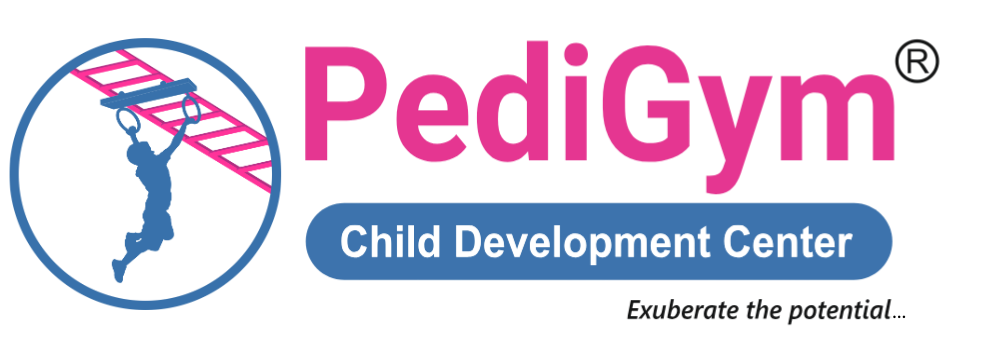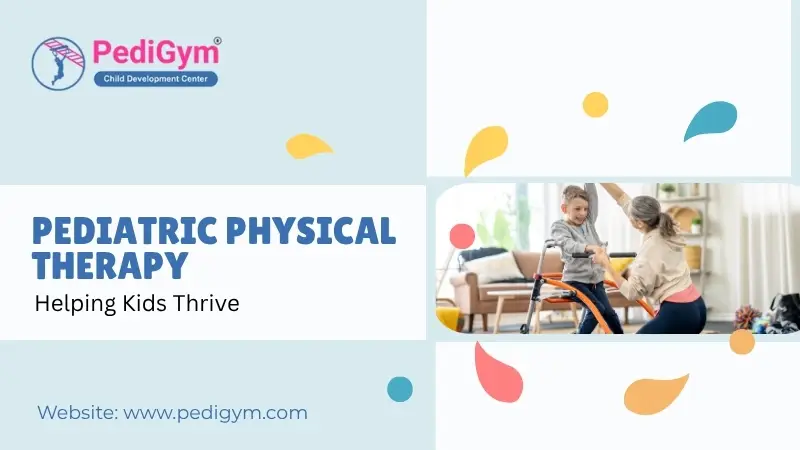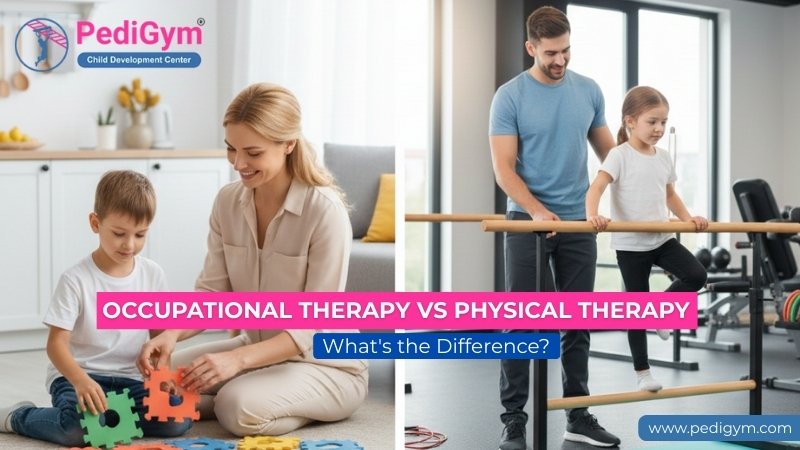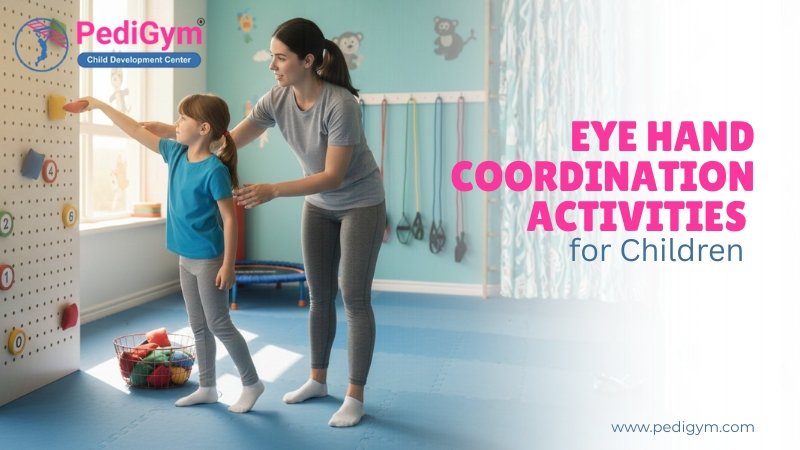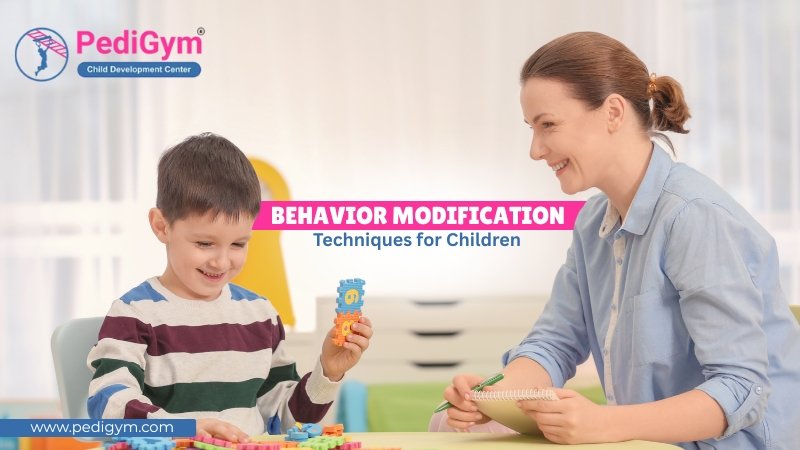Pediatric physical therapy helps kids with many physical and developmental needs. It works with children from babies to teens. Therapists team up with families to boost kids’ mobility and independence. This guide shows how pediatric physicaltherapy can changea child’s life for the better.
KeyTakeaways
- Pediatric physical therapy addresses a variety of developmental and functional needs in children, from infancy to adolescence.
- Therapists work closely with families to improve mobility, independence, and quality of life for their young patients.
- Specialized pediatric physical therapy can help children with a range of conditions, including motor delays, neurological disorders, and orthopedic injuries.
- By focusing on improving motor skills, strength, and coordination, pediatric physical therapy can help kids reach their full potential.
- Regular physical therapy sessions can be a transformative experience for children, empowering them to overcome challenges and thrive.
The Importance of Pediatric Physical Therapy
Pediatric physical therapy is key for kids. It helps them improve their motor skills and coordination, allowing them to reach their full potential. This care is particularly crucial for kids with developmental delays or physical disabilities, as it makes a significant impact on their quality of life.
Addressing Developmental Delays
Pediatric physical therapy for developmental delays can change a child’s life. It helps kids with conditions like cerebral palsy, autism, or torticollis, as well as those with Down syndrome or other developmental disorders. Physical therapists use a variety of techniques to help children progress and become more independent.
Supporting Motor Skills and Mobility
Pediatric physical therapy boosts motor skills and mobility in children, including premature infants, kids recovering from surgery, and those with scoliosis.
Through targeted therapy techniques and personalized approaches, children gain independence, improve their physical abilities, and participate more fully in their daily lives.
“Pediatric physical therapy is essential for helping children with disabilities and developmental delays reach their full potential. By addressing their unique needs, physical therapists can make a profound impact on their lives.”
Specialized Techniques in Pediatric Physical Therapy
Several specialized techniques are used in pediatric physical therapy to address various motor, neurological, and orthopedic challenges:
- Neurodevelopmental Treatment (NDT): This technique helps children with neurological conditions improve their motor function by promoting better posture, balance, and movement patterns.
- Dynamic Movement Intervention (DMI): DMI is designed to enhance motor control in children, using specific exercises to activate muscle groups and improve strength and coordination.
- Taping: Therapeutic taping techniques provide support to muscles and joints, helping children improve their range of motion and muscle function.
- Fabrifoam: This material is used to stabilize body parts, support weak muscles, and improve posture without restricting movement.
These techniques are highly effective in addressing motor delays and enhancing a child’s functional abilities.
The Benefits of Pediatric Physical Therapy
Pediatric physical therapy helps children in many ways. It boosts gross motor skills and balance. It also tackles neurological and orthopedic issues. These therapies can change young lives for the better.
Aquatic therapy is a big plus in pediatric physical therapy. It uses water’s buoyancy and resistance. This helps kids with toe walking, gait abnormalities, and balance problems move better and safer.
Early intervention programs and vestibular therapy are key too. They help with developmental delays. They support physical and neurological growth. Kids with spina bifida find it especially helpful.
Pediatric physical therapy is a game-changer for kids. It helps with gross motor skills, balance and coordination. It also tackles tough neurological or orthopedic issues. It boosts a child’s physical, cognitive, and emotional health.
“Pediatric physical therapy is not just about treating a condition, but about empowering children to reach their full potential and live their best lives.”
FAQ
What is pediatric physical therapy?
Pediatric physical therapy helps children physical and developmental needs. It improves their mobility and independence.
Therapists work with families to enhance the child’s quality of life.
How can pediatric physical therapy help children with developmental delays?
It’s key in helping kids with delays like cerebral palsy and autism. Physical therapists create plans to boost motor skills and coordination. This helps children reach their full potential.
What are the benefits of pediatric physical therapy?
It improves motor skills and balance in children. It also addresses neurological and orthopedic issues. Techniques like aquatic therapy help kids with challenges like toe walking.
Early intervention and vestibular therapy support physical and neurological development. These programs are crucial for kids with developmental delays.
How can pediatric physical therapy help with motor skills and mobility?
It supports motor skill development and mobility in children. It helps premature infants, kids recovering from surgery, and those with disabilities. Physical therapists use specialized techniques to enhance independence and physical abilities.
What are some of the specialized techniques used in pediatric physical therapy?
Therapists use techniques like aquatic therapy and vestibular therapy. They target issues like toe walking and gait abnormalities. They also work with families to create customized plans and support early intervention
